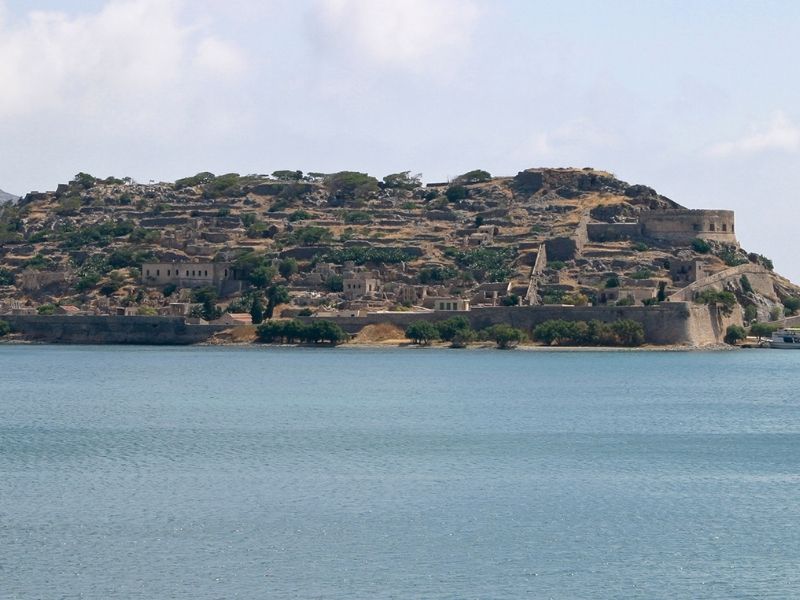
Uncovering the Fascinating Legacy of Spinalonga Leprosarium
Table of Contents
Have you ever heard of the Spinalonga leprosarium? Located off the coast of Crete, this former leprosy colony has had a significant impact on Greek society and the management of diseases worldwide. The isolation of patients with leprosy, combined with the remote location of the Spinalonga island, made it a suitable location for the leprosarium’s establishment.
The aims of this article is to discuss the Spinalonga leprosarium, its impact on Greek society, and the management of diseases worldwide. Join us as we explore its history and its implication for today’s society.
The Displacement of the Muslim Community:
At the turn of the 20th century, Greece was in a politically turbulent period, with small wars and violence being common. In the early 1900s, the Greek government passed a law that allowed the forcible relocation and expulsion of Muslim communities, which was part of a broader policy to assert Greek control of territories. The residents of Spinalonga, who were predominantly Muslim, were forcibly displaced to make room for the leprosarium. The violent nature of their displacement raises ethical issues, and highlights the negative impacts of such actions on affected communities.
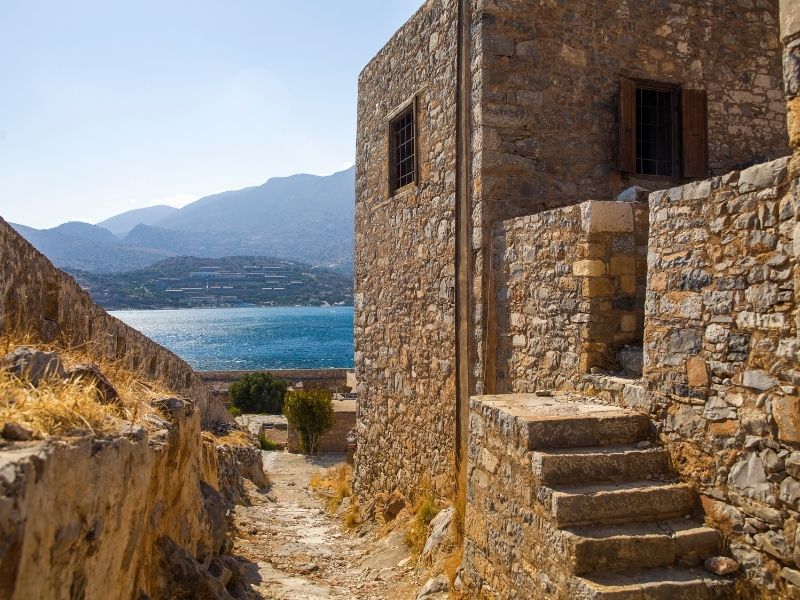
Social Perceptions of Carriers of the Disease:
Patients with Hansen’s disease, commonly referred to as leprosy, have been stigmatized throughout history. Patients with Hansen’s disease were viewed as transgressive, immoral individuals who had brought disease upon themselves through their negative lifestyles or activities. Stigmatization of patients with Hansen’s disease led to their social isolation, coercion, and confinement. Thus, social perceptions of ailments and medical conditions impacted public health policies and the treatment of individuals with Hansen’s disease.
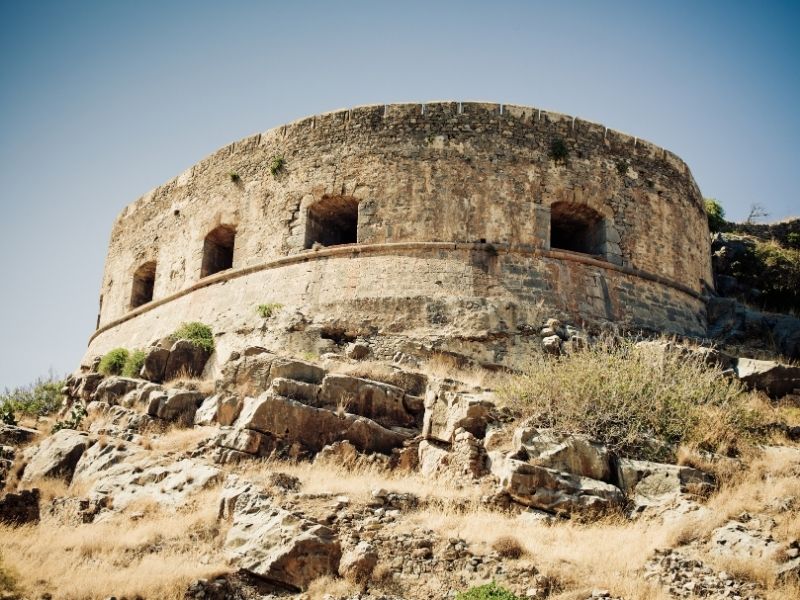
Management of Hansen’s Disease as a Public Health Issue:
The Spinalonga leprosarium was a product of the prevailing medical logic that categorized patients with Hansen’s disease as belonging to immoral or transgressive social groups. Medical treatment and surveillance were focused on the patients’ bodies, and the isolation was meant to contain the spread of the disease.
As Hansen’s disease became less of a public health problem, policies shifted toward more humane treatment, and eradicating the negative connotations associated with the disease.
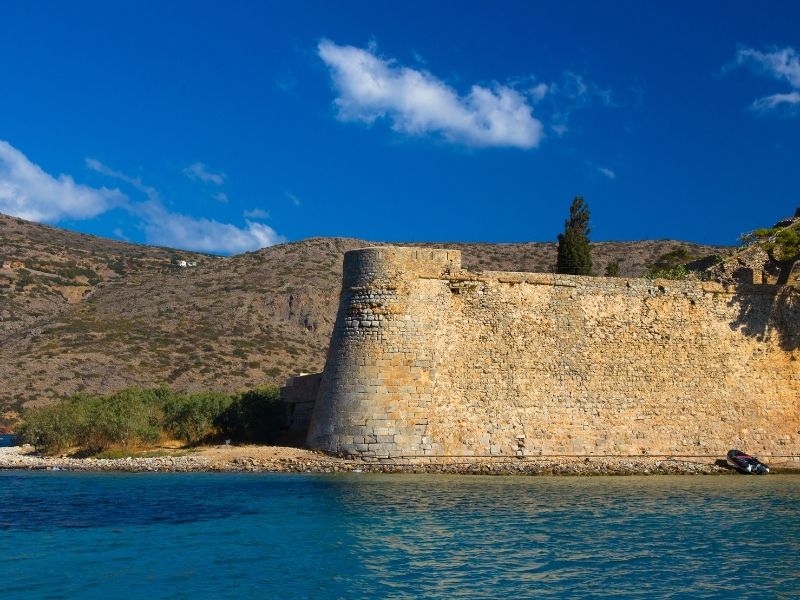
Impact of the Spinalonga Leprosarium on Greek Society:
The Spinalonga leprosarium has had a lasting impact on Greek society beyond being a medical institution. The leprosarium joined the narrative of Greece’s troubled past, and it has contributed to the socio-political discourse of Greek society and the wider Mediterranean region. Today, Spinalonga is a popular tourist destination for its history and scenery. Still, it remains a reminder of the harsh treatment that patients with Hansen’s disease faced and the need for better public health policies.
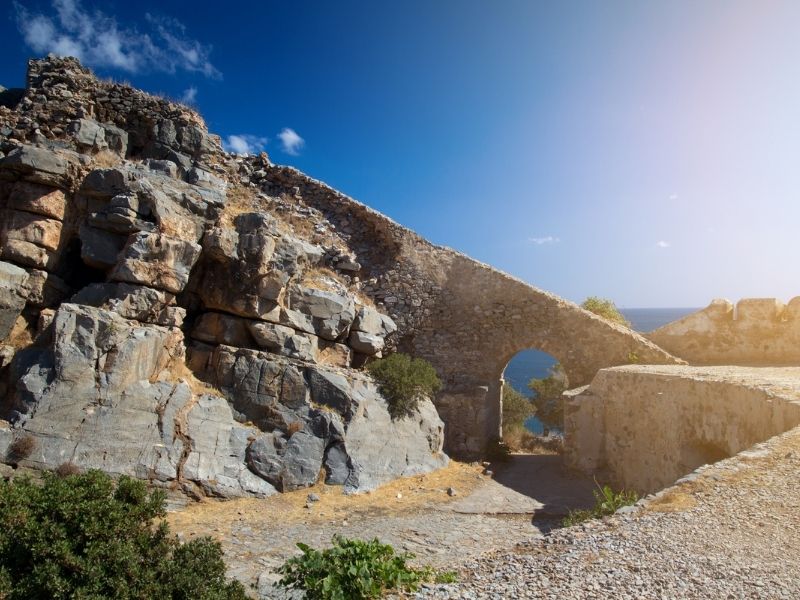
How to Visit Spinalonga Today as a Tourist:
Spinalonga, once a leper colony, has become a popular tourist destination in recent times. The island’s rich history and scenic beauty make it the perfect place to visit, even for those who are not interested in the medical history associated with it. Here’s how you can visit Spinalonga island:
How to Get There:
Spinalonga island is situated off the north-east coast of Crete and can be accessed by boat from various surrounding tourist spots such as Elounda, Plaka, and Agios Nikolaos. The boat ride takes around 10-15 minutes, and the route offers stunning views of the Cretan coastline. A round-trip ticket to Spinalonga will cost around €10-15, depending on the season.
What is There to See:
Spinalonga is a small island, and visitors are free to roam around and explore its historic sites, such as the Venetian fortress and the leprosarium ruins. The walls of the fortress offer breathtaking views of the sea around it, and the village ruins provide insight into the island’s past. Visitors can also take a guided tour to learn more about the island’s history and to have a more in-depth understanding of the life of those who once inhabited it.
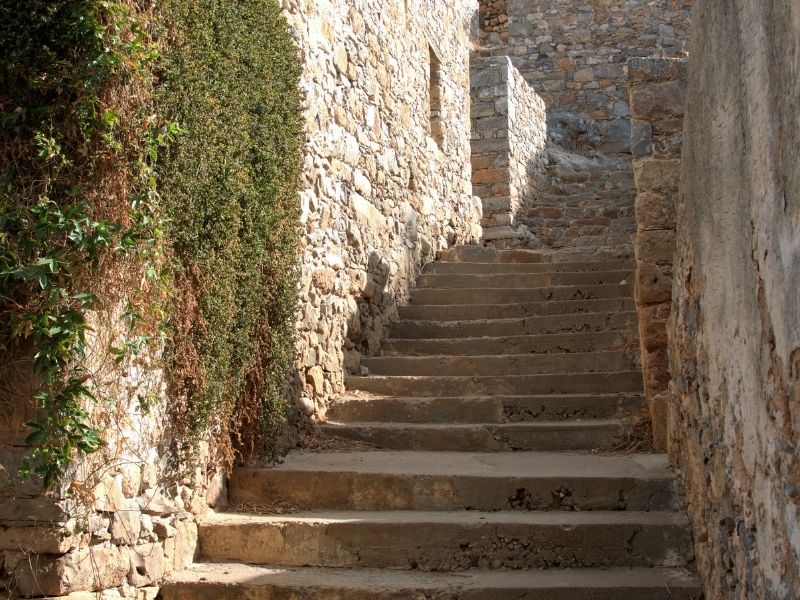
Why It’s Worth Visiting:
Spinalonga’s stunning natural beauty and historical significance make it a must-visit location for those interested in history and architecture. Additionally, the island’s tragic history serves as a reminder of the need for better public health policies and greater empathy towards individuals with Hansen’s disease.
Visiting Spinalonga island is a rewarding and educational experience that offers valuable insights into the history and culture of Greece. As a tourist destination, Spinalonga island has come a long way since its days as a leper colony, and today, it proudly stands as a symbol of Greece’s past and a reminder of the need to strive towards better public health policies.
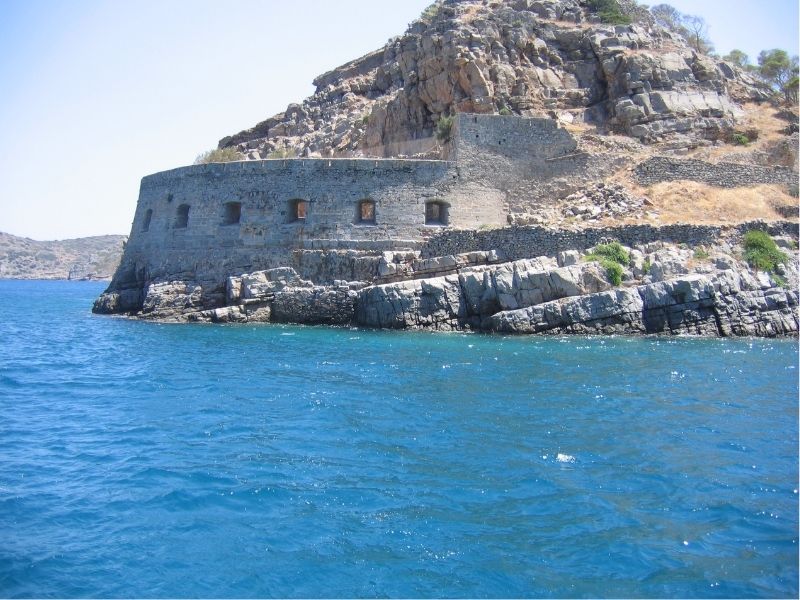
n conclusion, the Spinalonga leprosarium’s historical significance lies in its impact on Greek society and the management of diseases worldwide. Forced displacement of the Muslim community, stigmatization of patients with Hansen’s disease, and medical-centric logic are among the crucial issues associated with the leprosarium.
The lasting impact of the Spinalonga leprosarium reminds us of the need for more humane management of medical conditions and the importance of better public health policies. As we reflect on the Spinalonga leprosarium’s history, we invite you to continue the conversation and engage with this topic.




